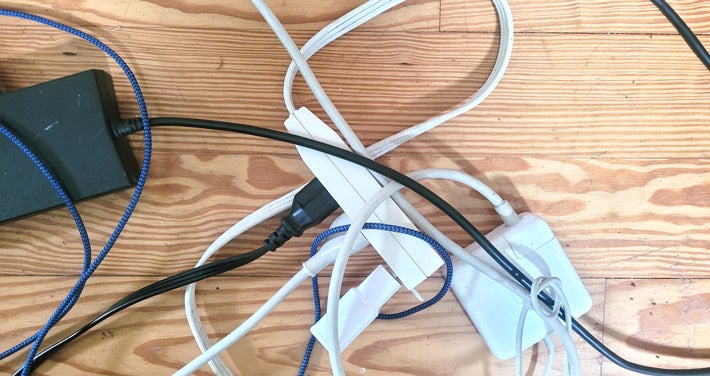Electrical accidents injure an estimated 1,000 people every day, and a whopping 79% of children report having taken risks with electricity. Younger children are especially inquisitive, but their innate curiosity can lead to trouble when it comes to electricity. With our dependence on electricity for everyday life increasing almost daily, educating children about its dangers from a young age is more important than ever. Here are some do’s and don’ts to share with your family.
In the Home
The electronics in our homes make our lives more efficient, easier, and more pleasurable, and there are some simple ways to ensure your family’s safety that even a child can understand.
DO:
- Keep electric appliances that get hot – such as toasters, space heaters, and lightbulbs – away from anything that could catch fire.
- Make sure electrical cords are not a tripping hazard, and don’t allow cords to dangle from tables or countertops.
- Discard any electrical appliances with damaged cords or exposed wires.
- Turn electrical devices off before unplugging.
- Unplug electrical appliances when not in use.
- When unplugging an electrical appliance, grasp the base of the plug to avoid damage to the cord.
- Keep metal utensils out of toasters – ask an adult for help.
DON’T:
- Use electric appliances near water.
- Place a cellphone, laptop, or tablet on your bed or under your pillow while charging.
- Use bargain-basement mobile device charging cords, which are often untested and can be made from faulty parts that can overheat quickly.
- Stick your finger or any other object into an electrical outlet.
- Touch light switches or electrical appliances with wet hands.
- Overload electrical outlets.
DO: Visit our e-SMART Kids site! A fun resource to teach children electrical safety with fun games and videos.
Outside the Home
Danger lurks outside the home as well, whether it’s in the form of an electrical storm or seemingly harmless activities like climbing a tree or flying a kite.
DO:
- Keep kites and drones well away from overhead power lines.
- Stay inside during storms – lightning is electricity and can be deadly!
- Stay far away from downed power lines, even if you don’t see sparks.
- Tell an adult if you see someone doing something unsafe.
DON’T:
- Play on or near electrical equipment.
- Touch anything electrical if you are wet or in water.
- Climb trees that are close to overhead power lines.
- Go near storm debris
Unitil’s eSmart Kids website has an electrical safety checklist that children can complete (with adult supervision), as well as The Electrical Safety-SMART! Certificate, which has six sections with information and experiments kids can try, plus a printable certificate of completion.
The best way to educate children about the dangers of electricity is by setting a good example. Explaining why you dry your hands before touching a light switch as you do so is a far more valuable teaching tool than simply reading a list of dangers aloud. And don’t forget to check your smoke and carbon monoxide detectors periodically to ensure they’re operable – it’s the single most important way to keep your family safe in the event of a fire.
Key Takeaways:
- Electrical accidents account for nearly half of all house fires.
- Teaching children about electrical safety should be an ongoing discussion, not a one-time conversation.
- Children’s rooms have an average of 10 electrical devices – 25% more than their parents’ generation had.




